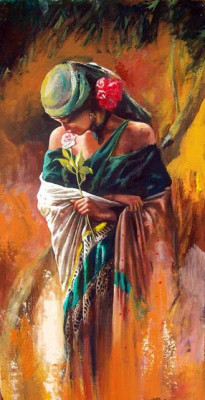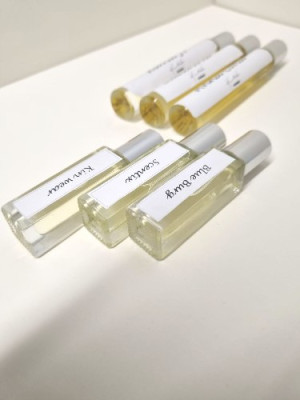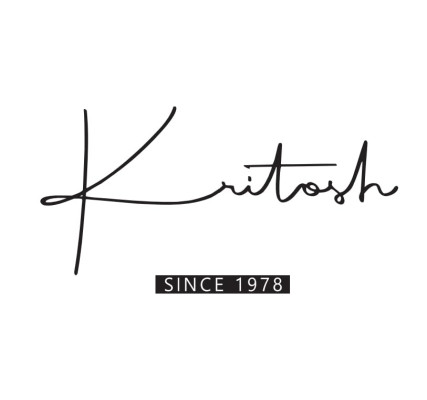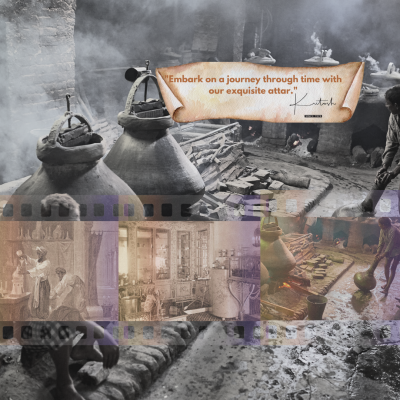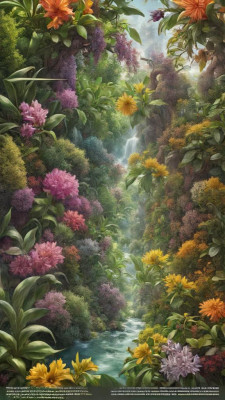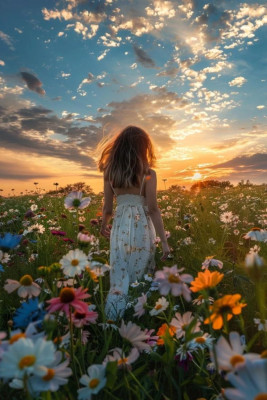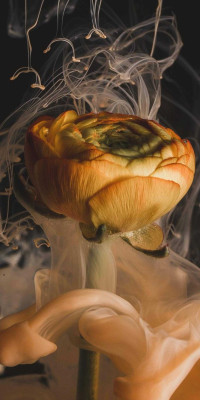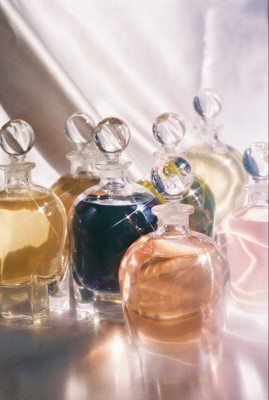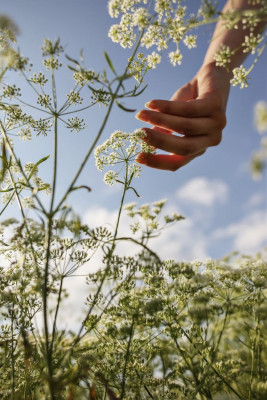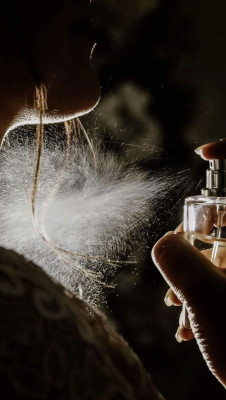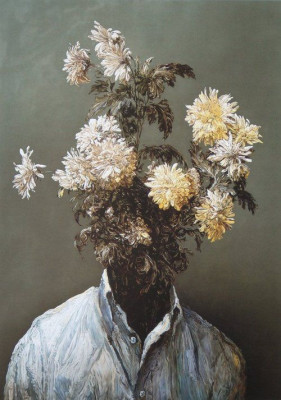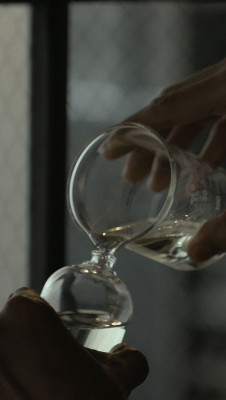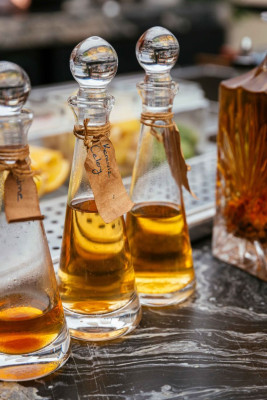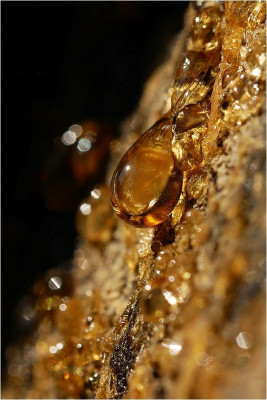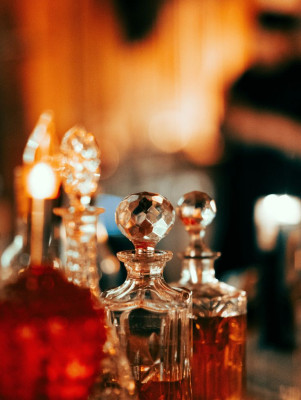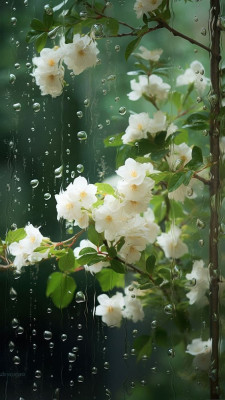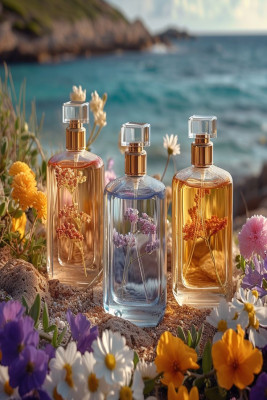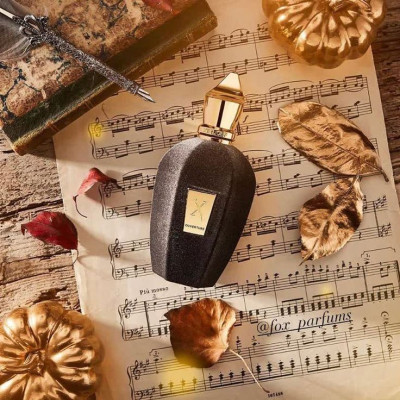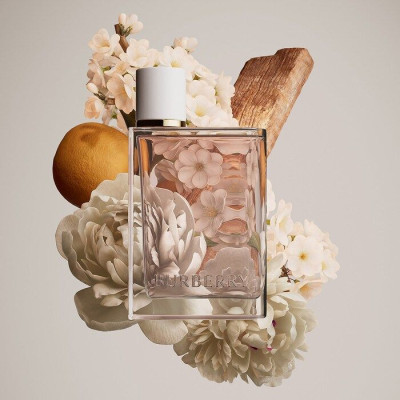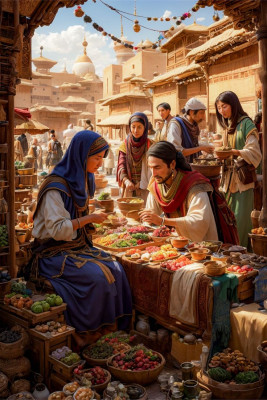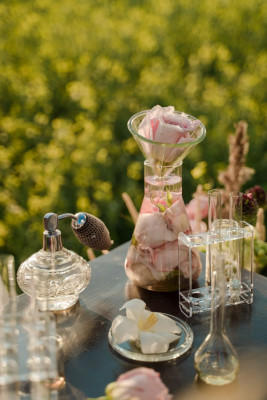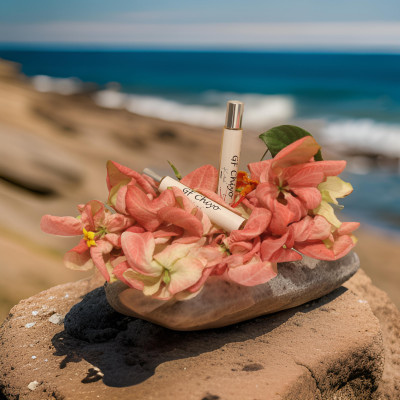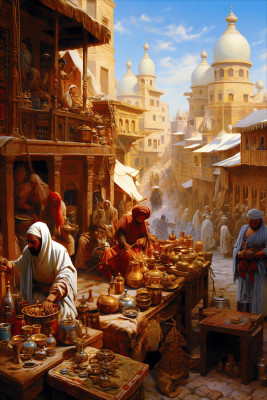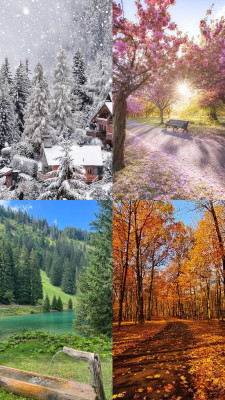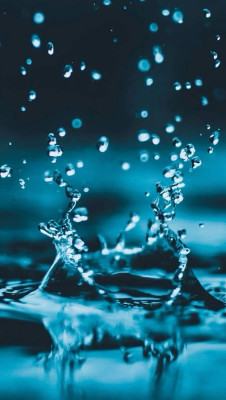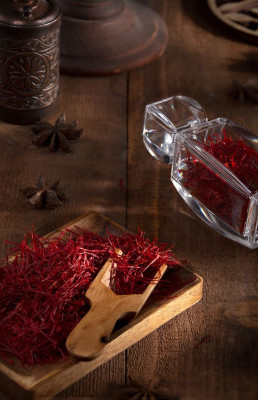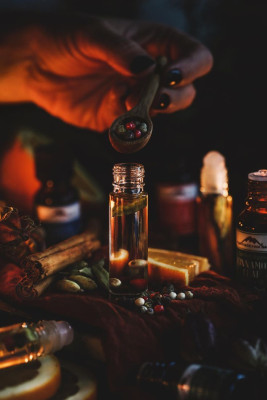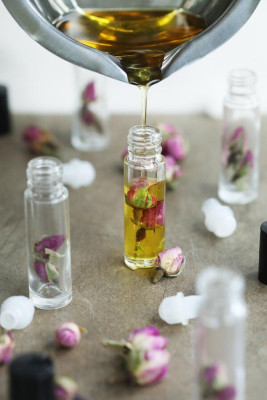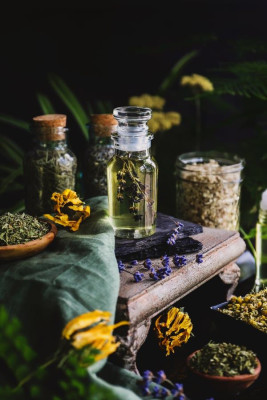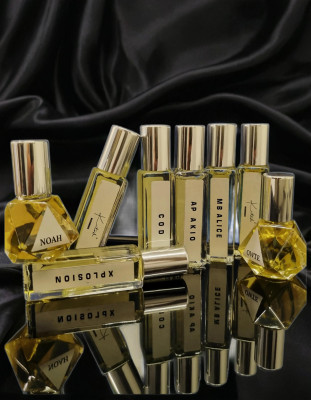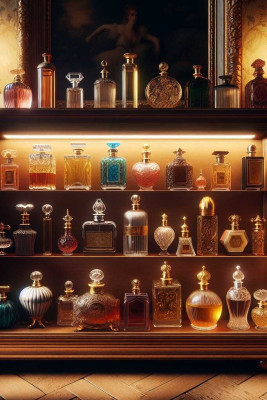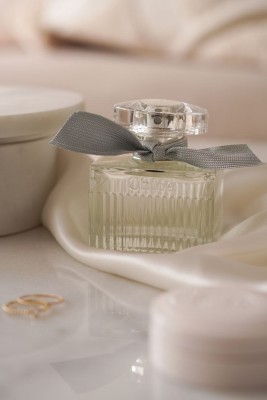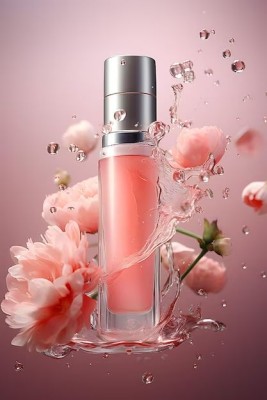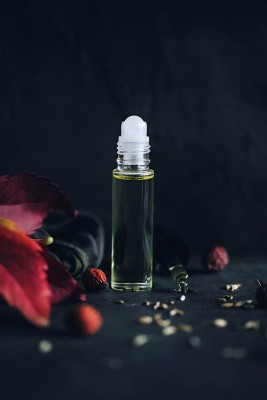Fragrance has a magical way of evoking emotions, memories, and imagery, often weaving its way into literature, art, and other creative fields. The allure of scent is not just a matter of personal enjoyment but a source of profound inspiration for creative minds. This blog delves into how perfumes and scents have been represented and celebrated across various artistic mediums and how they inspire creativity.
The Literary World: Scents as Symbols and Motifs
In literature, scents often serve as powerful symbols or motifs, deepening the narrative and enriching characters. From the musky aroma of forbidden love to the sharp tang of danger, fragrances in literature can convey more than just a character’s preference—they can symbolize deeper emotional or thematic undercurrents.
**1. "Perfume: The Story of a Murderer" by Patrick Süskind: One of the most iconic literary works centered around fragrance is Patrick Süskind's Perfume: The Story of a Murderer. The novel follows Jean-Baptiste Grenouille, a man born with an extraordinary sense of smell. His obsession with creating the perfect scent leads him down a dark path, exploring themes of identity, obsession, and the human condition. The novel delves deep into the sensory experience of scent, using it as a narrative device to explore Grenouille's psyche and his connection to the world.
**2. "The Picture of Dorian Gray" by Oscar Wilde: In Wilde’s classic novel, scent plays a subtle yet significant role in evoking the decadence and moral corruption of the protagonist, Dorian Gray. The luxurious fragrances of the times reflect his inner turmoil and moral decline, contributing to the novel's rich atmosphere.
**3. "Jane Eyre" by Charlotte Brontë: In Jane Eyre, the scent of flowers and the natural world often symbolize Jane's emotional states and the progression of her relationship with Mr. Rochester. The aromas of Thornfield Hall, from the rose-scented garden to the musty attic, serve to enhance the novel’s gothic atmosphere and the characters’ emotional journeys.
Artistic Expressions: The Language of Scent
Art has long drawn inspiration from the olfactory world, with scents often used to evoke particular moods, eras, or concepts. Artists capture the essence of fragrances in various ways, translating the ephemeral quality of scent into visual or tactile experiences.
**1. Perfume Bottles as Art: The design of perfume bottles is an art form in itself. Iconic designs, such as the Chanel No. 5 bottle or the Lalique crystal flacons, are celebrated not just for their functionality but as beautiful objects of art. These bottles often reflect the aesthetic values and artistic movements of their time, transforming everyday objects into cherished collectibles.
**2. "The Smell of Money" by William Kentridge: South African artist William Kentridge has explored the concept of scent through his multimedia works. In his installation "The Smell of Money," Kentridge used scents as part of a broader commentary on economics and social issues, highlighting how smell can influence and reflect societal dynamics.
**3. Installation Art: Contemporary artists like Ann Hamilton have created installations that incorporate scent as a medium. Hamilton’s works often use scent to enhance the sensory experience of her installations, drawing visitors into a multi-sensory dialogue that extends beyond the visual.
Scent in Film and Theatre: An Immersive Experience
In film and theatre, scent is often used to create immersive experiences, though it’s more challenging to represent olfactory sensations directly. However, creative use of visuals, sound, and storytelling can evoke the experience of scent.
**1. "Perfume: The Story of a Murderer" Film Adaptation: The film adaptation of Süskind’s novel uses a combination of visual and auditory techniques to convey the intensity of scent. The cinematography and sound design work together to immerse the audience in Grenouille’s sensory world.
**2. Theatre Productions: In theatre, scent is sometimes used to enhance the audience's experience. Productions may use perfumes or essential oils to evoke certain settings or emotions, adding a layer of sensory depth to the performance.
The Influence of Scent on Creativity
Scent has a profound impact on creativity, influencing both the creation and experience of art. For artists, writers, and creators, scent can be a muse, sparking new ideas and providing a sensory language that enriches their work. The interplay between fragrance and creativity is a testament to the power of scent to transcend the ephemeral and inspire lasting art.
By exploring how fragrance has been represented in literature, art, and other creative fields, we gain a deeper appreciation for its role in shaping and enhancing human expression. Scent, with its ability to evoke memories and emotions, continues to inspire and transform the world of creativity.



